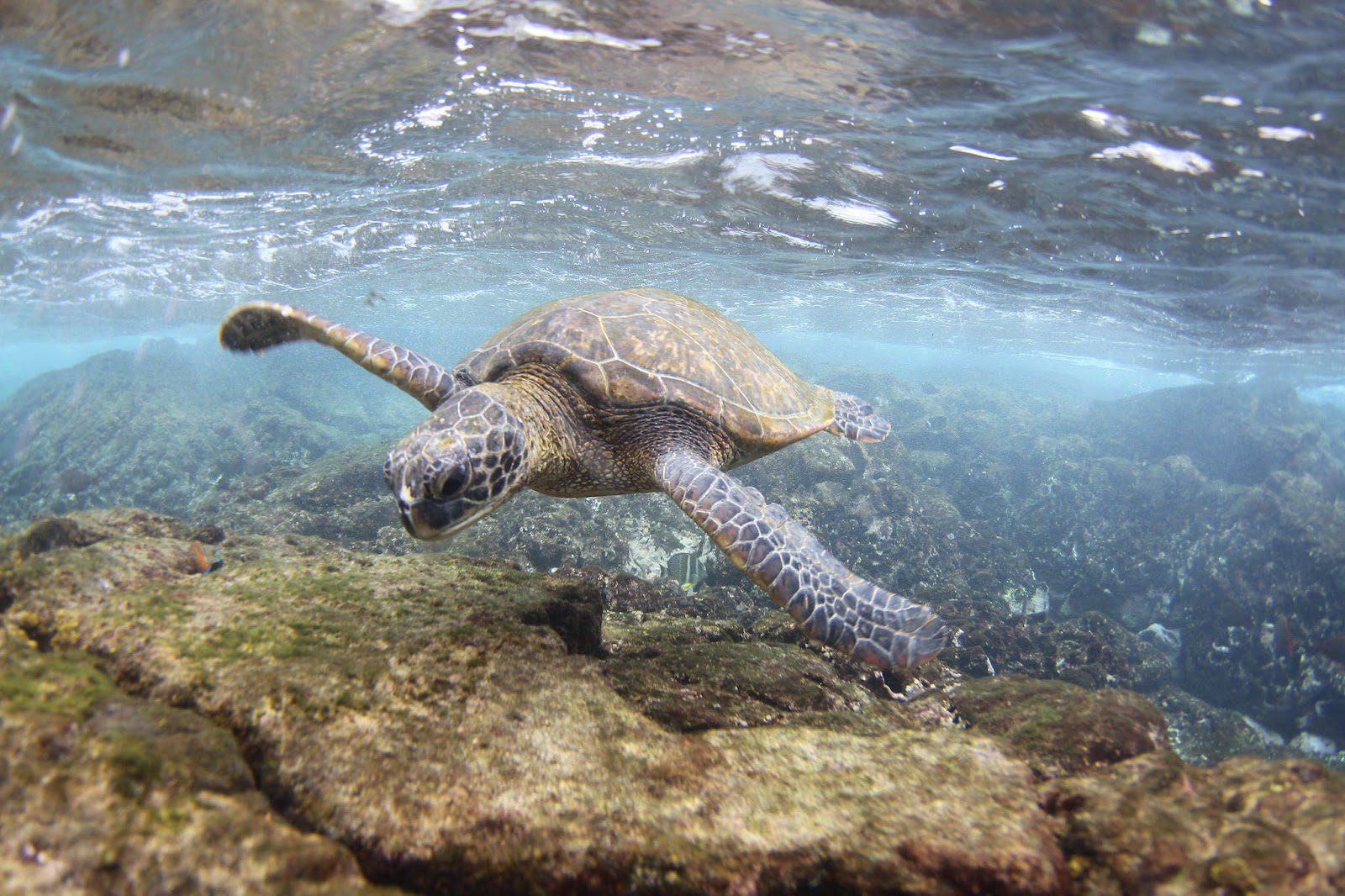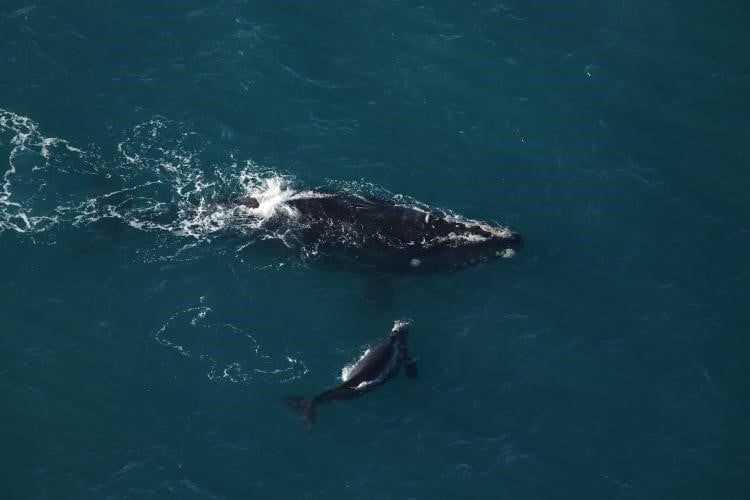The offshore wind industry is taking proactive steps to ensure that the whales that live in and around offshore wind developments are safe. In fact, humpbacks have been taken off the endangered species list.
The industry’s emphasis on ensuring the safety of the marine ecosystem is critical as offshore wind development continues to increase. Today, offshore wind vessel activity accounts for about 2% of the tracked traffic in the waters from North Carolina to southern New England.
The industry has created numerous new rules and regulations to ensure that whales can healthily co-exist with offshore wind infrastructure and traffic. These include establishing and monitoring exclusion zones around boats and stopping work if any whales are spotted, as well as the creation of new mitigation technology.
New exclusion zones around survey vessels are run by trained protected species observers who make sure no whales are in the area while surveys are ongoing.
If one of the marine mammals approaches a vessel, all survey equipment is immediately shut down.
Policies also ensure the whales have left the area before the equipment is turned back on again, stage by stage. This practice gives the animals time to completely clear the area before any equipment is used. The exclusion zone must be free of the large mammals and sea turtles for a certain amount of time before work can begin again.

Photo Courtesy NOAA Fisheries Service
These policies are working. According to the National Oceanic and Atmospheric Administration (NOAA), the Bureau of Ocean Energy Management, the Marine Mammal Commission, and the New Jersey Department of Environmental Protection, there is no evidence that these early-stage wind development activities have caused any harm to whales.
Offshore wind is closely regulated for all marine mammals and other wildlife, as multiple state and federal agencies carefully review all proposed activity and only approve projects that meet strict protection measures. Any offshore projects are monitored and reviewed throughout their life cycle.
“I want to be unambiguous: there is no information supporting that any of the equipment used in support of offshore wind development could directly lead to the death of a whale,” Benjamin Laws, NOAA Fisheries Office of Protected Resources’ deputy chief for permits and conservation, said at a January press briefing in Atlantic City. “There are no known connections between any offshore wind activities and any whale strandings.”

Photo Courtesy NOAA Fisheries Service
In North Carolina, new offshore projects are being carefully reviewed to protect the endangered right whale.
Off the coast of Virginia, Dominion Energy is following a close checklist — including sound dampening and strike prevention measures — to ensure any soundings do not affect the right whale.
“We are taking significant steps to minimize any impact on the North American right whale,” Jason Ericson, a director on Dominion’s environmental services team, told “Energy News Network.” “We take this very seriously. We can and will do this.”

Photo Courtesy NOAA Fisheries Service
As the offshore wind industry continues to grow, the technology to protect the longevity and safety of marine mammals grows with it. This evolution ensures that this cleaner, greener, and renewable energy can co-exist in a healthy way with the mammals that call the oceans home.





